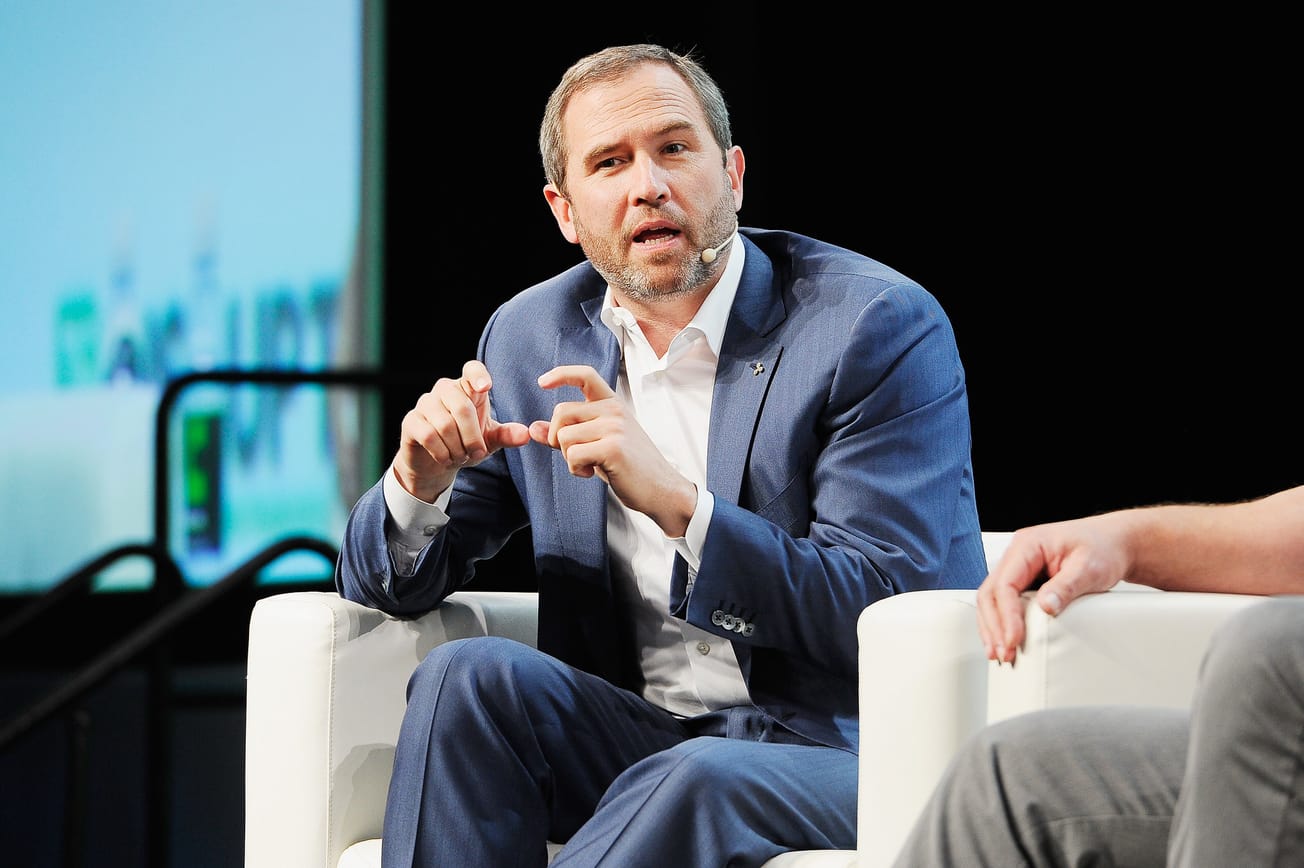Table of Contents
As we draw closer to the end of 2022, each coming week seems to be taking us deeper into crypto winter. It’s difficult to predict when the markets will recover.
Yet, despite BTC and ETH prices dropping over 70% from their all time highs, we’re still seeing institutions move into the crypto space with long-term strategies. Fidelity just opened up crypto trading accounts for its retail clients. Examples such as these indicate that firms commitment to retail adoption is still intact. Unperturbed by the current outlook, they are on course to put more offerings to their customers.
Some 62% of institutional investors invested in crypto had increased their allocations over the last year, according to a Coinbase-sponsored survey released just before FTX’s collapse.
Although the timeline might have shifted post-FTX, we still see an upcoming acceleration of retail participation in crypto. The success of this new growth engine will be dependent on the further acceleration of appropriate user protections, rebuilding trust in our industry throughout these turbulent times.
Educating and protecting retail investors
It’s no secret that bigger, global corporations have been stepping up their adoption of crypto and blockchain initiatives, which will almost certainly attract more retail and institutional investors. As this happens, it’s important we engage more in public education so that retail investors comprehensively understand the risks of participating in financial markets. Crypto asset advertising for one, which is often targeted at retail investors, can often overstate benefits and rarely warns of volatility and risks.
Leveraging our existing protections moving into 2023, companies can take heed of warnings from regulators to bring retail investors into the fold. The Monetary Authority of Singapore (MAS) for example, has taken great pains to guide the city-state’s market toward balanced innovation, with a focus on protecting retail investors. Perhaps a silver lining in FTX’s bad example would be that crypto exchanges are proactively taking steps to be more transparent, vowing to make their proof of reserves public.
Transparency promotes efficiency and integrity in trading. The industry now needs standardized transparency to regain investor trust. Centralized exchanges will need to evolve within the crypto ecosystem, as they provide vital access channels for retail investors to a huge range of cryptocurrencies. Without these exchanges providing the platforms for easy trading, the crypto market risks becoming much more niche than it already is.
Fortunately, there’s renewed urgency to shore up trust with customers and crypto exchanges can prove their stability with volunteer audit trust exercises. Operators of crypto marketplaces have pledged to produce proof-of-reserve (PoR) reports, showing publicly what coins they hold on balance, with some promising routine, third-party audited reports moving into 2023.
How will regulators play a part?
For us, the most convincing sign that we are headed toward mass retail adoption is that policymakers are more actively involved in this conversation, legitimizing the trend. One thing regulators have in common is a growing focus on the possible socioeconomic and regulatory ramifications of the widespread retail adoption of digital currencies. Across the board, the central goal is to protect retail investors, whether the response is a total shutdown of crypto trading, restricting crypto trading to professional investors, or introducing guardrails to permit retail investors to participate in certain areas.
So now that the FTX empire has fallen, where can users trade crypto safely? Note the mounting emphasis on the accuracy of information and regulation. BTSE envisions a world in which regulation is sufficiently sophisticated to protect retail investors and make crypto a more stable investment for financial institutions.
Retail adoption is a question of ‘when’, not ‘if’. We’ll need the industry’s heavy hitters and regulators to take retail protections seriously before that happens at scale. It will require well rounded investor proactive infrastructure, meaning more advanced risk management practices and business conduct proactively building trust from consumers, institutions and society at large.









